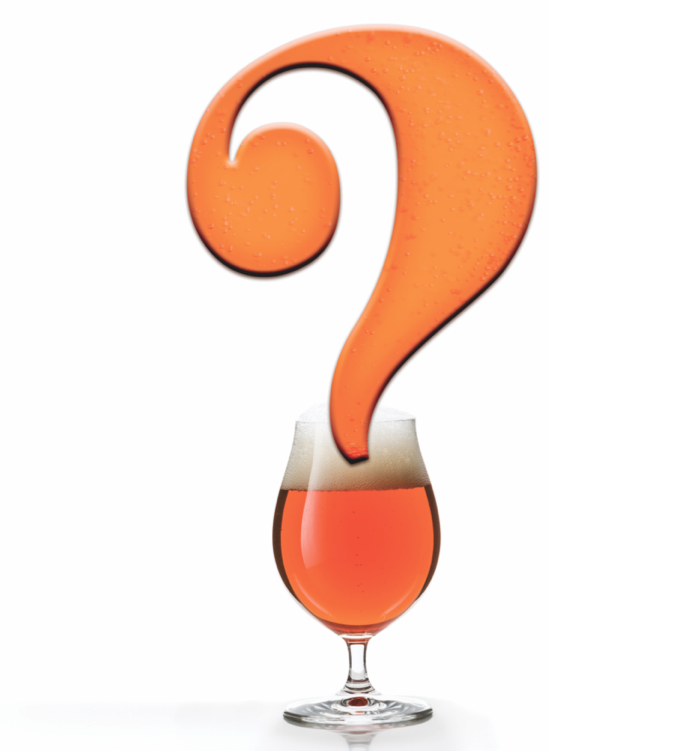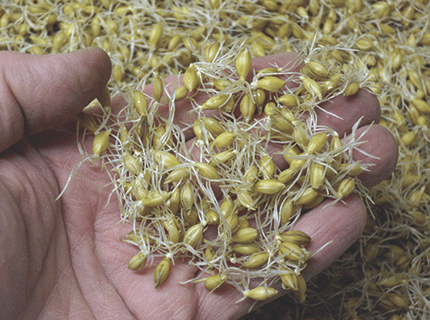Don’t miss our New England Beer & Baseball adventure in 2026! Click here to register!
Grains
Posts
-
 Article
Article
Malting vs. Mashing
-
 Article
Article
The Perfect Crush
What’s the ideal gap setting homebrewers should use for their grain mill? Well, it depends on a lot of factors. Learn why brewers are advise
-
 Article
Article
Grain Husks Explained
-
 Article
Article
LOX-less Malts: Their impact on staling and head retention
Have you heard about LOX-less (or LOX-null) malts? Neither had we . . . lucky for us, columnist Colin Kaminski breaks down the details of th
-
 Mr. Wizard
Mr. Wizard
Maximizing Malt Aroma and Character
-
 Article
Article
Hop Creep Explained, Backsweetening, and Maximizing Malt Freshness
The term “hop creep” is not to be confused with lupulin shift. The Wiz provides the current understanding of hop creep as well as how to
-
 Article
Article
Brewing Continental-Style Lagers: Tips From the Pros
Continental-styled lagers are often malt-forward beers. We sat down with two award-winning brewers to talk malts for your next bottom-fermen
-
 Article
Article
Home Malting
Malting barley at home may sound like a lot of work, but it’s actually pretty easy and doesn’t require much equipment you don’t alread
-
 Article
Article
Understanding Base Malt
Though not as glamorous as hops and yeast, or even specialty malts, for that matter, base malt is the backbone of beer. Learn what different
-
 Article
Article
Master Malt Analysis
Get a better understanding of what makes up the malt you use by learning how to interpret a malt spec sheet.
-
 Article
Article
Understanding Malt Lingo
There are plenty of technical terms that surround the cereal grains that we brewers use as a source of sugar to make beer. Understanding the
-
 Article
Article
Growing Barley
